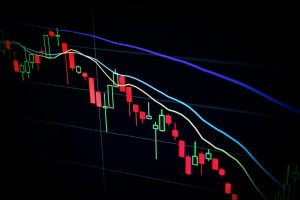Forex trading is a popular investment option that attracts people from all walks of life. However, it is also a high-risk investment that can lead to significant losses if not managed properly. This is where risk management comes in. Risk management in forex refers to the process of identifying, assessing, and mitigating potential risks associated with trading in the foreign exchange market.
The foreign exchange market is the largest financial market in the world. It involves the buying and selling of currencies from different countries. The market operates 24 hours a day, five days a week, and is highly volatile. This volatility can lead to significant gains or losses for traders, depending on their trading strategies and risk management techniques.
Risk management in forex involves various strategies and techniques aimed at minimizing potential losses and maximizing profits. These strategies include:
1. Setting Stop Loss Orders
Stop loss orders are an essential risk management tool in forex trading. A stop loss order is an instruction to close a trade automatically when the price of a currency pair reaches a predetermined level. This helps to limit potential losses and protect the trader’s capital.
2. Hedging
Hedging involves opening a trade in the opposite direction of an existing trade to offset potential losses. For example, if a trader has a long position in a currency pair, they can open a short position in the same pair to hedge against potential losses.
3. Diversification
Diversification is a risk management strategy that involves spreading investments across different currency pairs, markets, and asset classes. This helps to reduce the impact of market volatility on a trader’s portfolio.
4. Proper Position Sizing
Proper position sizing is crucial in forex trading. It involves determining the size of a trade based on the trader’s risk tolerance, account size, and market conditions. This helps to minimize potential losses and maximize profits.
5. Monitoring Market Conditions
Monitoring market conditions is essential in forex trading. It involves keeping up-to-date with economic news, market trends, and geopolitical events that can affect currency prices. This helps traders to make informed trading decisions and avoid potential losses.
In conclusion, risk management is an essential aspect of forex trading. It involves identifying, assessing, and mitigating potential risks associated with trading in the foreign exchange market. Traders can use various risk management strategies and techniques, including setting stop loss orders, hedging, diversification, proper position sizing, and monitoring market conditions. By implementing these strategies, traders can minimize potential losses and maximize profits in forex trading.






